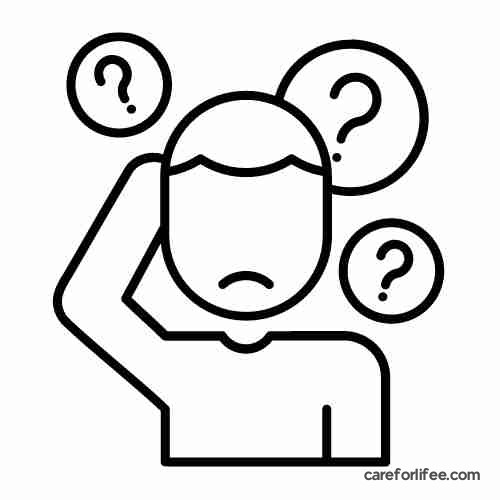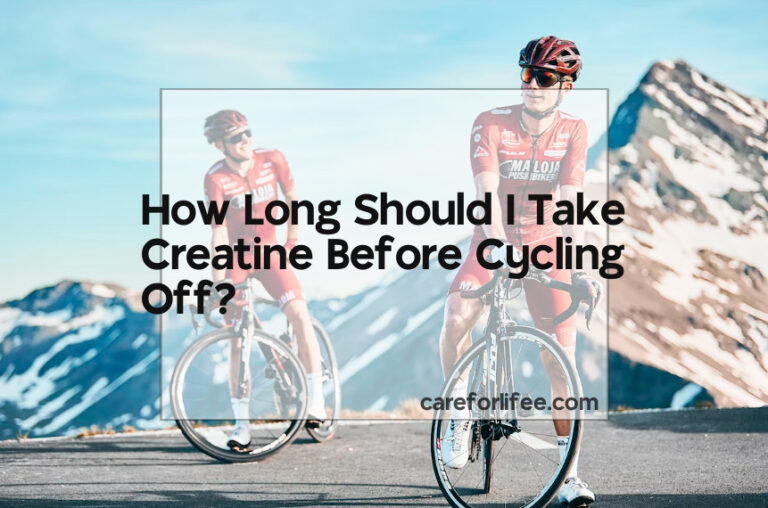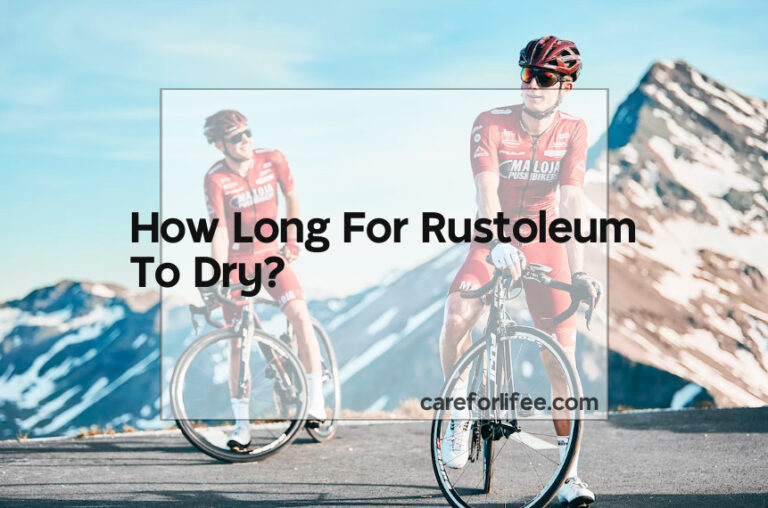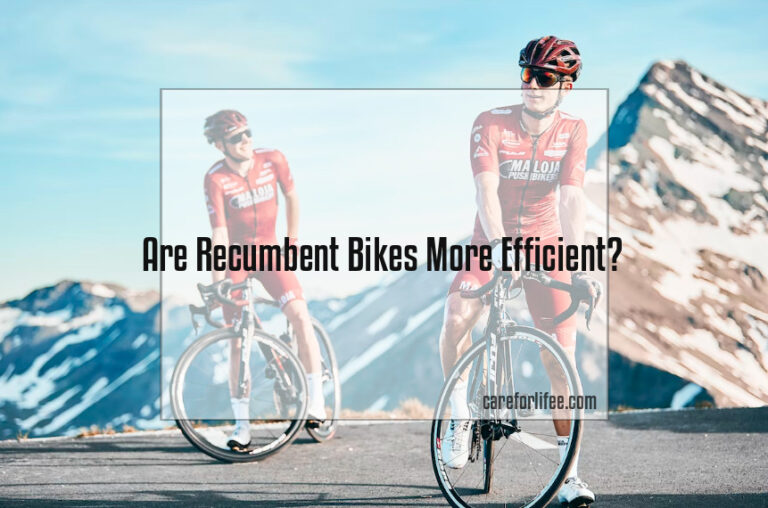Is Cycling Good For Varicose Veins
There are many benefits to cycling, including improved cardiovascular health and decreased stress levels. Cycling can also be beneficial for those suffering from varicose veins. This condition is caused by the pooling of blood in the veins, and can be painful and unsightly. By cycling, you can improve blood circulation in the legs and reduce the appearance of varicose veins.
What Are Varicose Veins?

What are varicose veins?
Varicose veins are gnarled, enlarged veins. They most commonly appear in the legs and ankles.
The veins become varicose when they are unable to adequately return blood from the legs to the heart. This happens when the valves in the veins become damaged or weakened. The valves normally prevent blood from flowing backward as it moves up the legs.
When the valves are damaged, blood can leak back into the vein and cause it to become enlarged and twisted.
Varicose veins are a common condition that affects up to 30% of adults. They are more common in women than men and tend to run in families.
There are a number of things that can increase your risk of developing varicose veins, including:
• Age: The risk of developing varicose veins increases with age.
• Pregnancy: The added pressure on the veins in the pelvis and legs during pregnancy can lead to varicose veins.
• Obesity: Excess weight puts extra strain on the veins in your legs.
• Standing or sitting for long periods of time: This can cause the blood in your legs to pool and increase the pressure on the veins.
• Hormonal changes: These can include puberty, menopause, and taking birth control pills.
If you have varicose veins, you may notice:
• Aching or heaviness in your legs
• Swelling in your legs
• Cramping or restless legs
• Itching or burning around the veins
• Skin discoloration around the veins
• Worsening pain at night
In some cases, varicose veins can lead to more serious problems. These include:
• Blood clots
• Skin ulcers
• Bleeding
If you have any of these symptoms, you should see your doctor.
There are a number of treatments available for varicose veins. These include:
• Compression stockings: These help to improve blood flow by providing gentle pressure on the veins.
• Sclerotherapy: This involves injecting a solution into the veins, which makes them collapse and fade away.
• Endovenous ablation: This is a minimally invasive procedure that uses heat or laser energy to destroy the veins.
• Surgery: In some cases, surgery may be needed to remove the veins.
If you have varicose veins, you don’t have to suffer in silence. There are a number of effective treatments available. Talk to your doctor about the best option for you.
What Causes Varicose Veins?
What are varicose veins?
Varicose veins are larger, twisted veins that can be seen just under the skin. They most often occur in the legs and can cause pain, swelling, and other symptoms.
What causes varicose veins?
There are several factors that can contribute to the development of varicose veins, including:
– Family history. If your parents or other close relatives have varicose veins, you’re more likely to develop them as well.
– Age. The risk of developing varicose veins increases with age.
– Gender. Women are more likely than men to develop varicose veins.
– Obesity. Being overweight or obese puts extra pressure on the veins in your legs and can make them more likely to become varicose.
– Pregnancy. The extra weight and pressure from pregnancy can cause varicose veins.
– Standing or sitting for long periods of time. This can cause the veins in your legs to become enlarged and twisted.
– Hormone changes. Changes in hormones can cause the valves in your veins to weaken, which can lead to varicose veins.
– Blood clots. Blood clots can block the flow of blood in your veins and cause them to become varicose.
What are the symptoms of varicose veins?
Symptoms of varicose veins can include:
– Pain
– Swelling
– Cramping
– Itching
– Restlessness
– Fatigue
– Skin changes, such as redness, ulcers, or brown discoloration
If you have any of these symptoms, you should see your doctor. They can diagnose varicose veins with a physical exam and may order additional tests, such as an ultrasound, to confirm the diagnosis.
How are varicose veins treated?
There are several treatment options for varicose veins, including:
– Compression stockings. Wearing compression stockings can help to reduce pain and swelling.
– lifestyle changes. Making lifestyle changes, such as losing weight, exercising, and avoiding long periods of standing or sitting, can help to reduce the symptoms of varicose veins.
– Sclerotherapy. In this procedure, a chemical is injected into the veins to make them collapse.
– Endovenous laser therapy. In this procedure, a laser is used to destroy the veins.
– Surgery. In some cases, surgery may be necessary to remove the varicose veins.
If you have varicose veins, talk to your doctor about the best treatment option for you.
Are Varicose Veins Dangerous?
If you have varicose veins, you may be wondering if they are dangerous. The short answer is that they are not usually dangerous. However, they can cause pain and discomfort, and in some cases, they can lead to more serious problems.
Varicose veins are veins that have become enlarged and twisted. They are usually found on the legs, but they can occur anywhere in the body. Varicose veins are common, and they affect about one in every five adults.
There are a number of factors that can increase your risk of developing varicose veins, including:
• Age: Varicose veins are more common as you get older.
• Gender: Women are more likely to develop varicose veins than men.
• Pregnancy: Pregnancy can increase the pressure on the veins in your pelvis and legs, which can lead to varicose veins.
• Obesity: Being overweight or obese can increase the pressure on your veins and make them more likely to become varicose.
• Sedentary lifestyle: If you have a job that requires you to sit or stand for long periods of time, you are at increased risk of developing varicose veins.
• Family history: If you have a family member with varicose veins, you are more likely to develop them yourself.
While varicose veins are not usually dangerous, they can cause a number of problems. These include:
• Pain and discomfort: Varicose veins can cause pain and discomfort, especially when you are standing or walking.
• Skin problems: Varicose veins can cause the skin around them to become thin and fragile. This can lead to bleeding, ulcers, and other problems.
• Blood clots: In some cases, varicose veins can lead to blood clots. This is more likely to occur if the veins are large or if you have a history of blood clots.
If you have varicose veins, there are a number of treatment options available. These include:
• Compression stockings: Wearing compression stockings can help to reduce the pain and discomfort associated with varicose veins.
• Surgery: In some cases, surgery may be necessary to remove the varicose veins.
• Laser treatment: Laser treatment can be used to destroy the varicose veins.
If you have varicose veins, it is important to see a doctor if you experience any pain, discomfort, or other problems. Treatment can help to reduce the symptoms and prevent complications.
Can Varicose Veins Be Treated?
Yes, varicose veins can be treated. There are a number of different treatment options available, and the best course of action will depend on the individual case.
Some of the most common treatments for varicose veins include:
1. Sclerotherapy
This is a minimally invasive procedure that involves injecting a solution into the veins. The solution causes the veins to collapse and eventually fade away.
2. Endovenous laser therapy
This is a minimally invasive procedure that uses lasers to destroy the veins.
3. Surgery
Surgery is an option for more severe cases of varicose veins. The veins are removed through small incisions in the skin.
4. Compression stockings
Wearing compression stockings can help to reduce the pain and swelling associated with varicose veins. They also help to improve blood circulation.
5. Exercise
Exercise can help to improve blood circulation and reduce the symptoms of varicose veins.
6. Weight loss
If you are overweight, losing weight can help to reduce the pressure on your veins and improve blood circulation.
7. elevating your legs
Elevating your legs above your heart can help to reduce the pain and swelling associated with varicose veins.
8. avoiding long periods of standing or sitting
If you stand or sit for long periods of time, it can increase the pressure on your veins. Try to take breaks often to move around and improve blood circulation.
9. avoiding tight clothing
Wearing tight clothing can constrict your veins and make the symptoms of varicose veins worse.
10. changing your diet
Eating a healthy diet and avoiding foods that are high in salt can help to reduce the swelling associated with varicose veins.
Is Cycling Good For Varicose Veins?
If you’re looking for an exercise to improve your circulation and heart health, you may want to consider cycling. Cycling is a low-impact activity that can help to strengthen your leg muscles and improve blood flow. While there’s no guarantee that cycling will completely eliminate your varicose veins, it may help to reduce their appearance and improve your overall health.
Varicose veins are a common condition that occurs when blood flow is restricted in the veins. This can cause the veins to become enlarged and twisted. Varicose veins can occur anywhere on the body, but are most common in the legs and feet.
There are a number of factors that can contribute to the development of varicose veins, including:
– Age
– Pregnancy
– Obesity
– Standing or sitting for long periods of time
If you have varicose veins, you may be concerned about their appearance. However, varicose veins are not typically painful. In some cases, they can lead to other problems, such as blood clots, skin ulcers, and inflammation.
If you’re looking for ways to improve the appearance of your varicose veins, there are a number of treatments available. These include:
– Compression stockings
– Laser therapy
– Sclerotherapy
– Surgery
While there’s no cure for varicose veins, there are a number of things you can do to prevent them from getting worse. These include:
– Exercising regularly
– Losing weight
– Wearing loose-fitting clothing
– Elevating your legs
If you’re interested in trying cycling to improve the appearance of your varicose veins, there are a few things you should keep in mind. First, it’s important to choose a bike that’s comfortable for you. If you’re new to cycling, you may want to start with a stationary bike.
Once you’ve selected a bike, you’ll need to choose the right gear. For varicose veins, it’s important to keep the resistance low. This will help to reduce the strain on your legs and improve blood flow.
If you’re ready to start cycling, there are a few things you can do to make the experience more comfortable. First, make sure you warm up before you start pedaling. This will help to loosen your muscles and prepare your body for exercise.
Once you’re warmed up, start pedaling at a comfortable pace. If you start to feel pain or discomfort, slow down. Remember, it’s important to listen to your body and take things at your own pace.
After you’ve been cycling for a few minutes, you can increase the resistance. This will help to work your leg muscles and improve blood flow. However, if you start to feel pain, reduce the resistance.
Once you’re finished cycling, it’s important to cool down. This will help to prevent cramping and reduce the risk of injury. To cool down, pedal at a slower pace for a few minutes. Then, stretch your muscles and drink plenty of fluids.
Cycling is a great way to improve your circulation and heart health. While there’s no guarantee that it will eliminate your varicose veins, it can help to reduce their appearance and improve your overall health.
Conclusion
There is no definitive answer to this question as different people will have different experiences. Some people may find that cycling helps to improve their varicose veins, while others may not see any change. Ultimately, it is up to the individual to decide whether or not they think cycling is good for varicose veins.
Now that you understand, does cycling help with varicose veins? Let us know if you have any questions.







